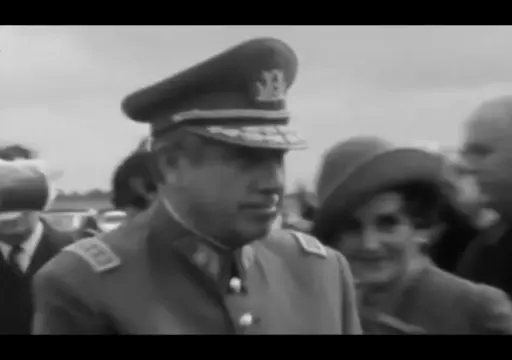On 28th November 1975, representatives of the regimes of Argentina, Bolivia, Chile, Paraguay and Uruguay met in Santiago (Chile), where they established the so-called “Condor System” or Operation Condor.
According to the Minutes of the Conclusions of the First InterAmerican Meeting on National Intelligence, the name “Condor” was unanimously approved by a motion put forward by the Uruguayan delegation in honour of the host country. The Andean Condor is one of the symbols on Chile’s coat of arms.
The transnational network of Operation Condor allowed the dictatorships to concentrate their efforts specifically on exiles who had fled their countries of origin and who, from abroad, continued to denounce the crimes against humanity committed by the dictatorships. In some cases, the relatives of the persecuted individuals were also targeted, including those who crossed national borders in search for their disappeared loved ones. By 1978, Condor was operating in eight out of the 13 South American countries. In practice, it established a borderless area of terror and impunity, affecting hundreds of victims. According to a declassified FBI document from September 1976: “Members of “Operation Condor” showing the most enthusiasm to date were Argentina, Uruguay and Chile.”
Condor reproduced the same range of human rights violations that were already being carried out by the military regimes within their own borders, but with an added ingredient: the transnational nature of the crimes, some of which occurred outside of South America.
You can find out more information on the Historical Context page.

